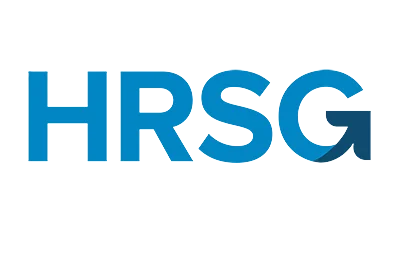Upskilling should be considered as a basic tool for lifestyle for all whether the employee, employee or anyone. It nourishes the personality of an individual of any field, the learning process never stops. It gives you a sense of gratitude and humbleness that the person is never enough qualified to lead life without learning.
Upskilling in Professional Environment:
The professional Upskilling means to elevate your professional skills in a polishing way and learn new things in your field of interest. Employers are required to take proper upskilling initiatives for employee development programs and to building a learning culture in their organisation.
Employer’s Guide:
As an employer it is your responsibility to take care of the needs, wants, and demands of your employee. Similarly the employer’s Upskilling responsibility is also on you when he/she is working for your company to flourish it. For this, the employer can apply certain strategies to enhance the abilities of their employees:
1. Apply Strategies for Building a learning culture:
Learning culture involves continuous improvement and regularly assessing the need of necessary adjustments based on feedback and outcome.
2. Be Gaming Friendly:
Use gamification elements to make learning more fun and enthusiastic. For this you can take quizes, engaging and fun challenges, rewards to attract the employees towards Upskilling.
3. Reward Your Workers:
Appreciate And reward the deserved ones wholeheartedly so they do not stay behind to be ready to learn new things.
4. Make Learning Paths:
Making learning paths comes on top in taking successful upskilling initiatives for your employees. This could be in the form of workshops, job trainings, online courses, and sessions. Program them in such a way that it helps improving and achieving the company goals in a long term.
5. Events and collaborations:
Employers can create collaborations with other companies and can even hold seminars to cross train their employees through collaborations.
6. Engage Leadership:
Engaging Leadership in this process will help employers to mentor their employees. For this you can gain support and participation from top-level executives to demonstrate the importance of upskilling.
7. Track Progress:
For workplace learning you must need to track the progress of your employee otherwise you would not be able to know where to start the guidance and skill development process from.
8. Gather Feedback:
Employers can not only just give feedback rather they can take feedbacks from their workers to know where they stand in the Upskilling progress and how to continuously improve Upskilling programs.
9. Let them Innovate:
For employee development you must let them find the new ways and technologies themselves to build individual learning culture, in this case you may also be introduced to a new technology that you might not knew before.
Remember that building a learning culture takes time and consistent effort. It’s about creating an environment where employees feel empowered to learn, grow, and adapt to changes, ultimately benefiting both the individuals and the organisation as a whole.
By following these steps, employers can create effective upskilling initiatives that enhance employee skills, foster professional growth, and contribute to the overall success of the organisation.










